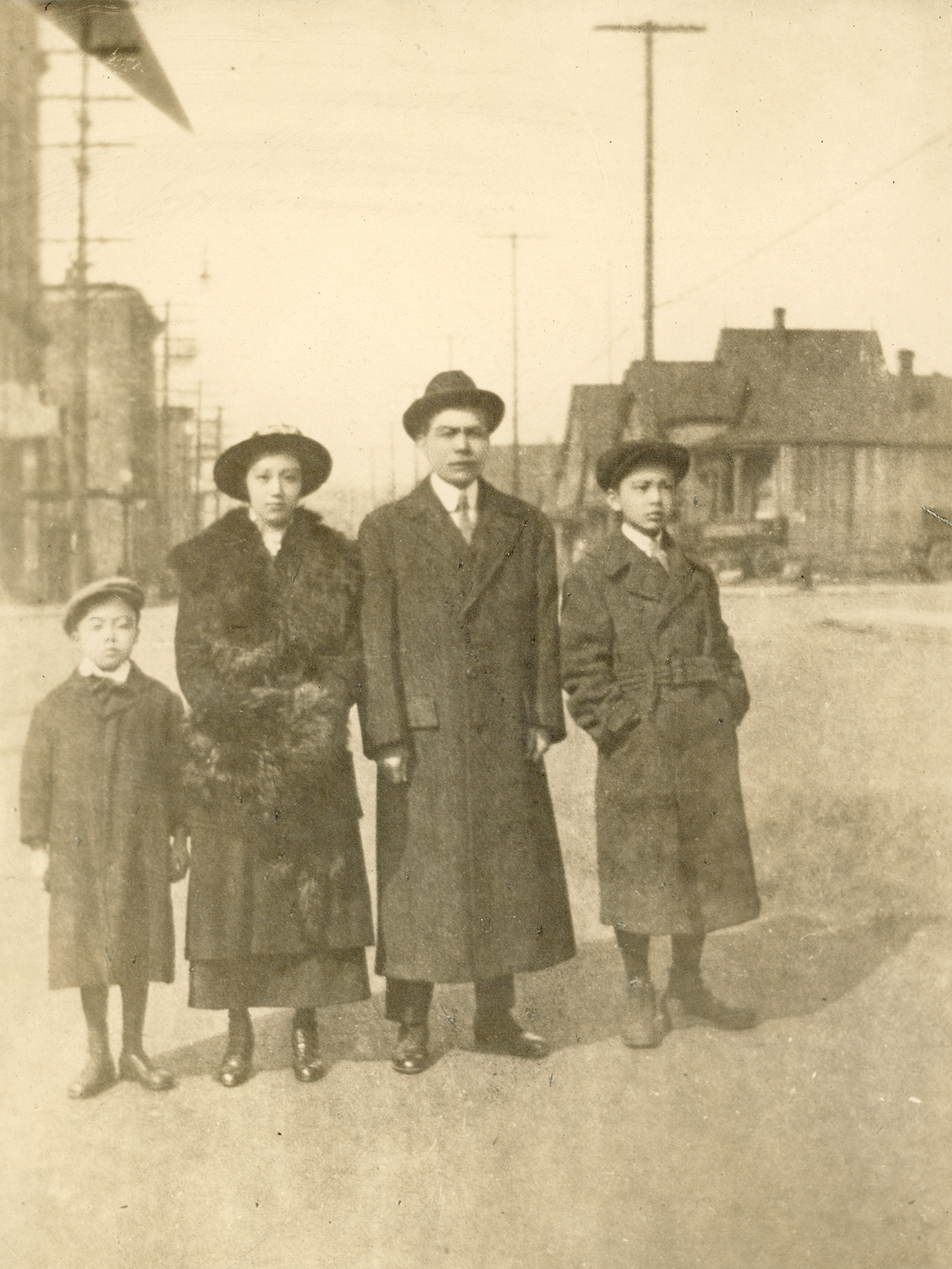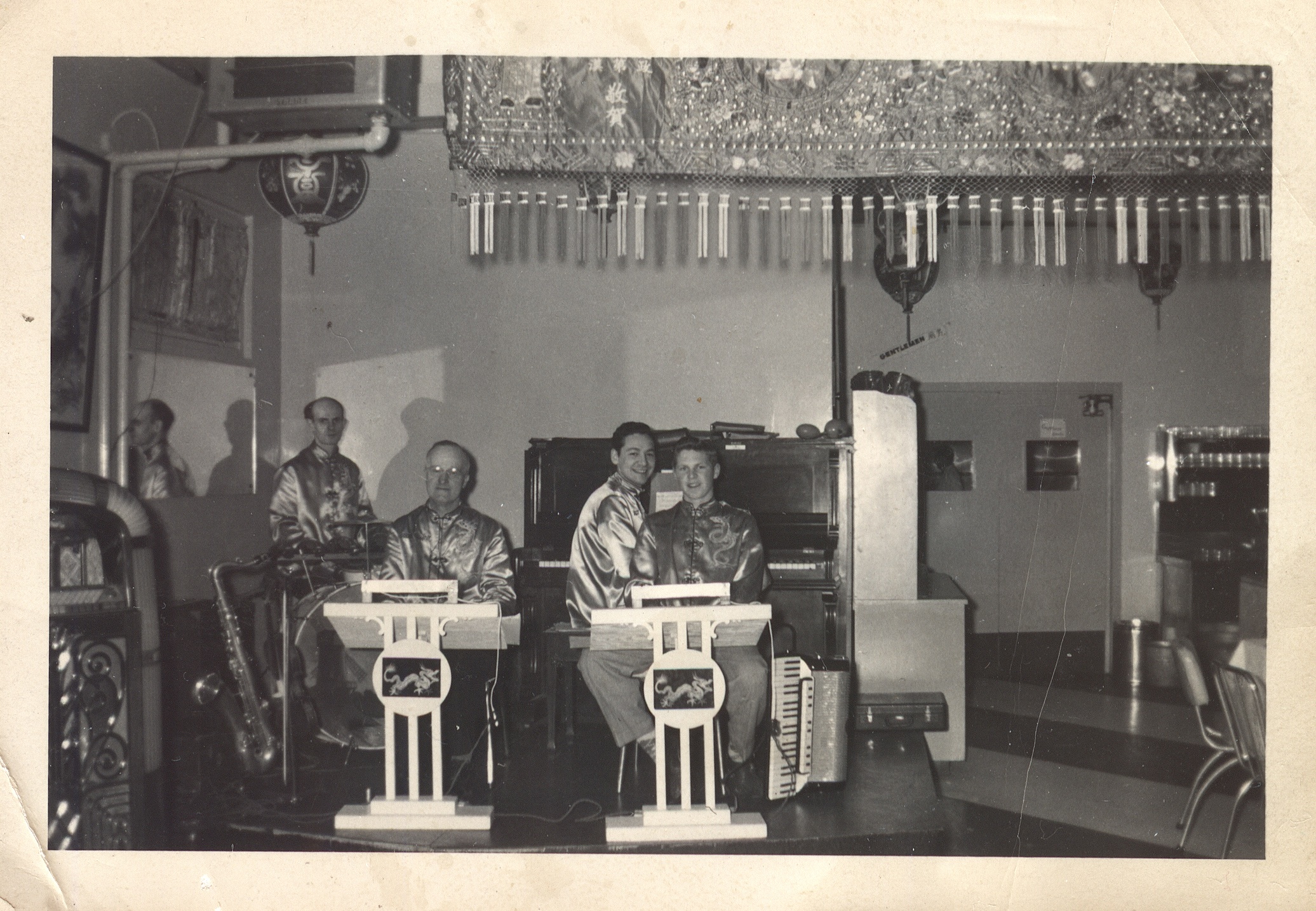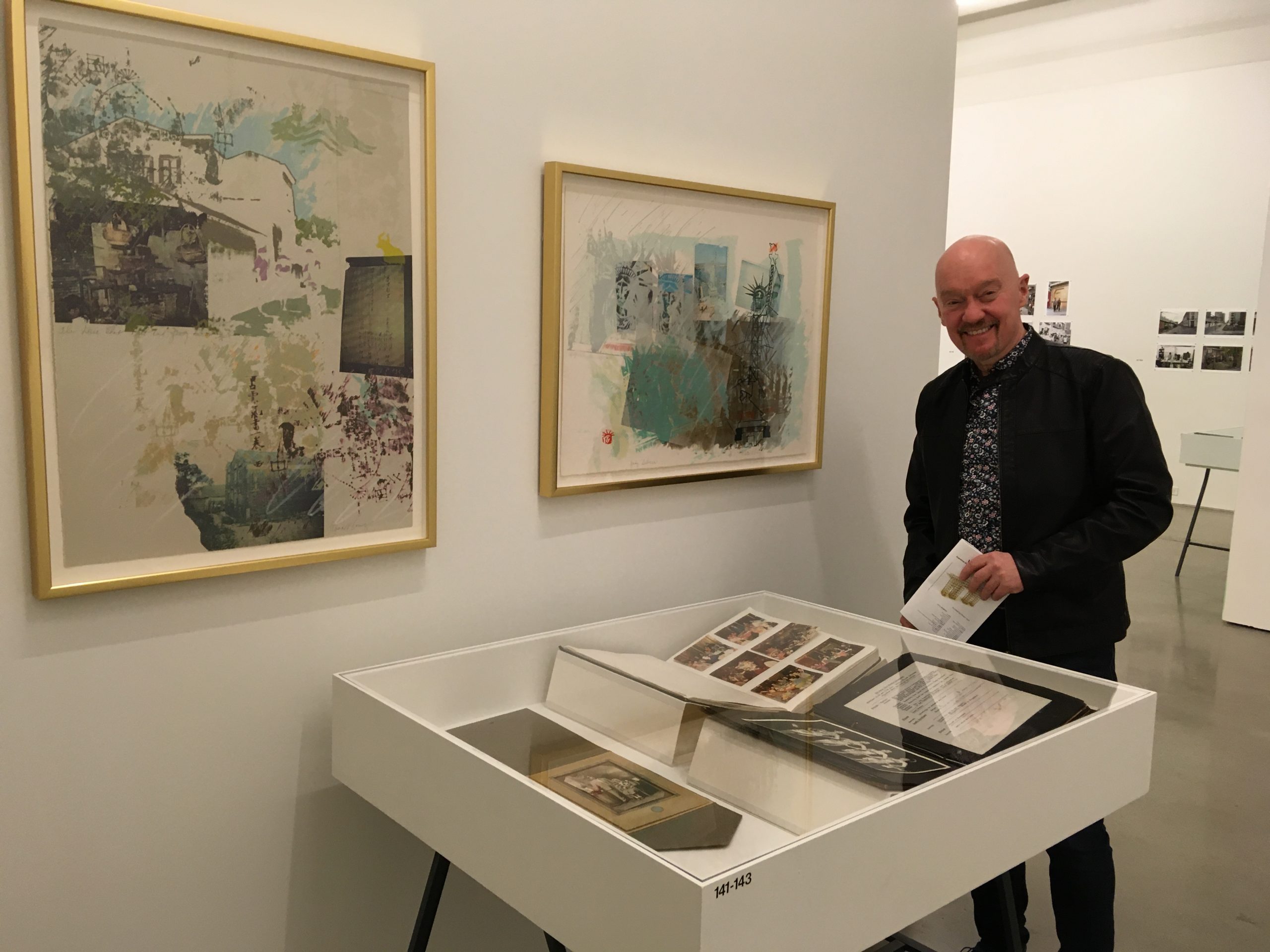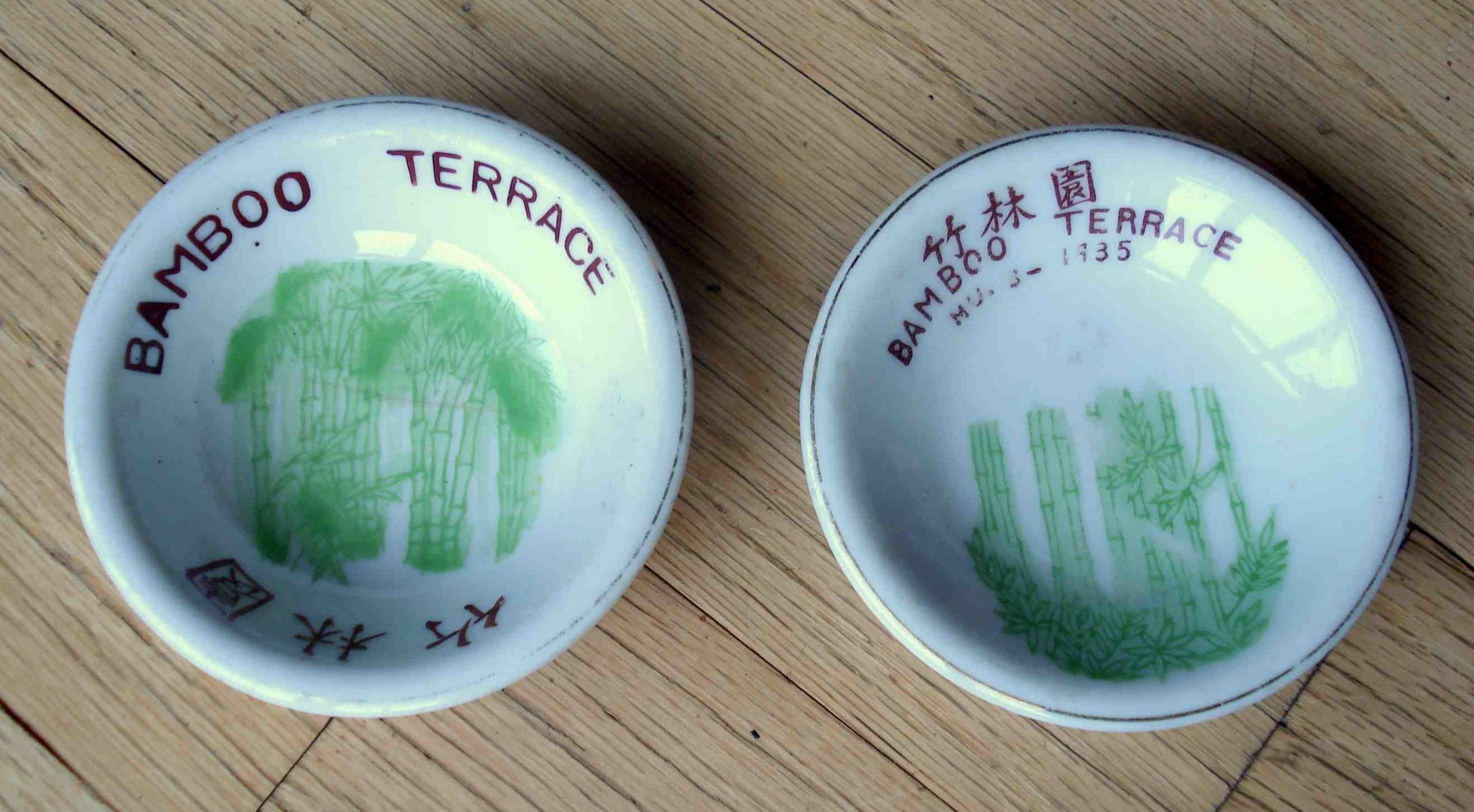On June 3, 2005, 82-year-old Gim Foon Wong set off on his Ride for Redress. Starting at Mile Zero in Victoria, he planned to arrive in Ottawa July 1 on his Honda Goldwing motorbike, accompanied by his son Jeffrey. He planned to have a few words with Prime Minister Paul Martin about the brutal Chinese head tax that cost his mother and father each $500 in the early 1900s.
Humiliation Day:
July 1, is of course, Canada Day, but it’s also known in Chinese circles as “Humiliation Day.” It was on July 1, 1923 when the Chinese Exclusion Act was passed, banning Chinese immigration to Canada for the next 24 years.
Sid Chow Tan, a writer, producer and activist, looked after the PR for Gim’s ride. “I’m a Gim Wong champion,” Sid told me. “I first met Gim in 1985. He had a mouth on him and he wasn’t afraid to open it. He went against everybody.”
Backstory:
Gim was born on December 28, 1922, on the edge of Vancouver’s Chinatown. He was one of eight children, and at the age of 17, tried to enlist in the war. He kept getting turned down until recruiters eventually signed him up in 1944. Gim trained as an air gunner, became a flight engineer, and at 22, was one of the youngest Chinese Canadian commissioned officers in the RCAF.
This love of aircraft morphed into a fascination with all things mechanical and Gim operated an Auto Body shop with the slogan Wreck-o-Mended, for many years on East Hastings near Commercial Drive. He raced midget Sprint Cars at the Digney Speedway (operated in Burnaby at McPherson and Rumble Street between 1948 and 1958) and he owned 23 motorcycles (though not all at the same time).

Reaching Ottawa:
But back to Ottawa. Gim arrived in the capital wearing his Second World War uniform and proudly sporting his medals. He got within shouting distance of Prime Minister Martin, but the RCMP were unimpressed and wouldn’t let him through. Gim returned to Vancouver, believing that his ride was a failure. The government refused to apologize, there was no talk of compensation, and the media moved onto other stories.
Things changed the following year. In 2006, the Liberals were kicked out of office. And, on June 22, 2006, newly elected PM Stephen Harper formally apologized to Chinese Canadians. Four months later around 400 survivors or their spouses received $20,000 each. About 82,000 Chinese paid the head tax.
Gim Foon Wong died in 2013, he was 90.
Further reading/watching:
- Mickleburgh, Rod. Globe & Mail, October 1, 2013. “Gim Foon Wong’s motorcycle ride turned the tide on Chinese head-tax redress.”
- Music Video: Gim Wong: Kick-ass dragon man (warning it’s very catchy, I’ve been singing it non-stop since first watching the clip a couple of days ago).
- Whose Chinatown?
© Eve Lazarus, 2022






